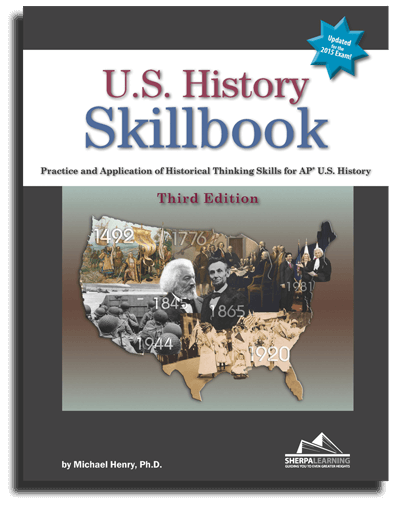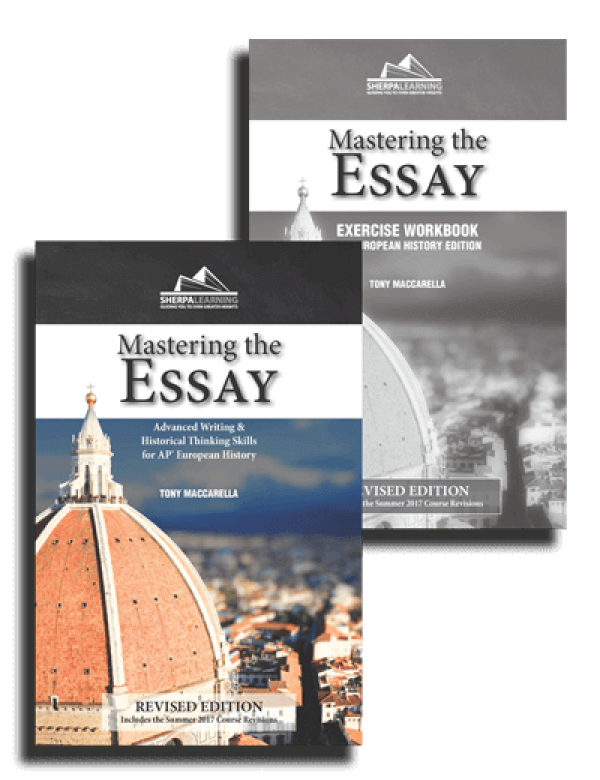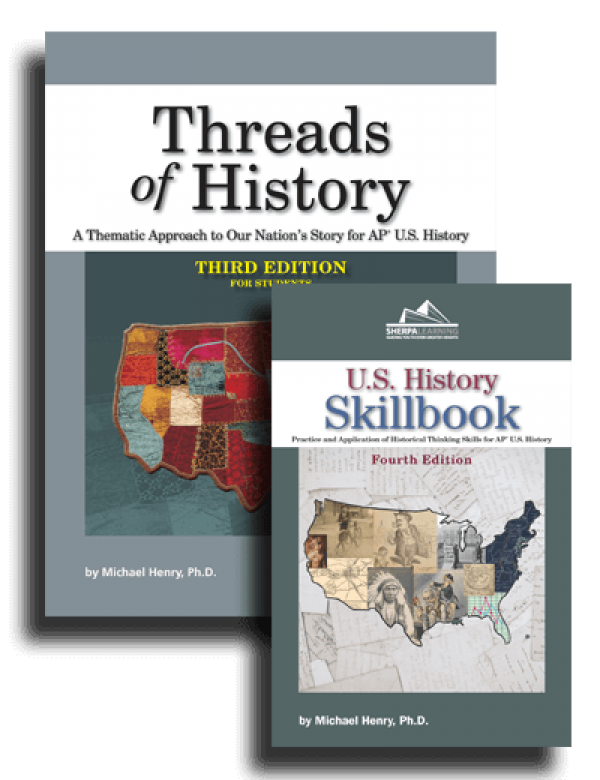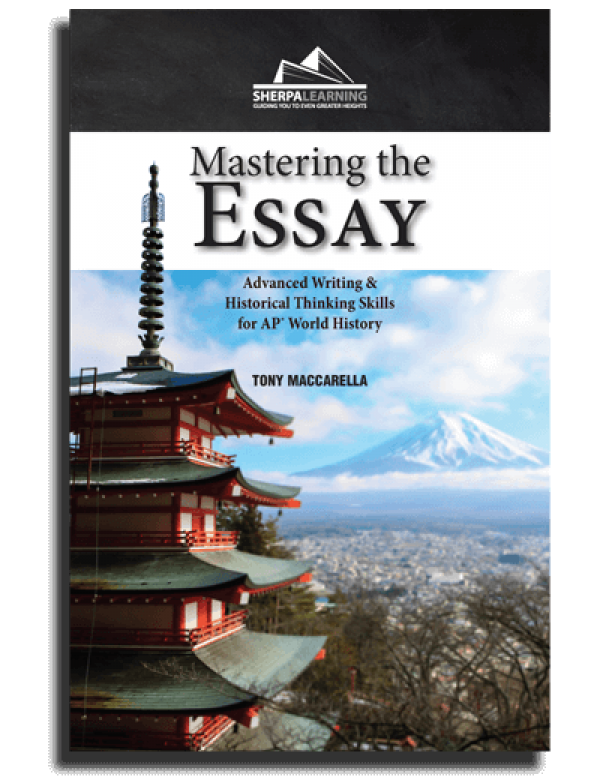Analyze This: The DBQ Essay in 2015

Analyze This: The DBQ Essay in 2015
Putting the O in H.I.P.P.O. has never been more important.
As teachers tackle the challenge of educating their students on the process of document analysis, they must focus their instruction and their students minds on analysis like never before. Literally, like never before because changes to the DBQ essay scoring rubric in 2015 mean that students must refine their ability to analyze documents and adopt a focused strategy that takes them beyond identification. The exam redesign is all about getting students to think more analytically (like a historian) and the new scoring rubric reflects this requirement. The section may look and even read the same, but rest-assured students who are simply identifying the elements without analyzing the implications and meaning surrounding the facts will lose points on the new 2015 exam.
In the past, several sets of ideas have been put forth by teachers around the country with most involving students identifying four key elements: 1) Historical context; 2) Intended audience; 3) Point of view; and 4) Purpose of the documents (aka H.I.P.P.). Thus, many seem to be some iteration of H.I.P.P. There is H.I.P.P., H.I.P.P.Y., and my own H.I.P.P.O. The “O” in H.I.P.P.O. has never been more critical than it is for the 2015 exam. The “O” in “H.I.P.P.O” stands for “Organize” and suggests the need for students to arrange the details of a document into a potential argument or thesis once they have broken it down into the four key elements. Students need either to be reminded or trained (or both) to use documents as evidence, and not just identify the various elements and think their analysis is complete. In short, If they don’t hook the document to a larger idea, they run the risk of merely listing rather than analyzing the documents. (I address this issue in Threads of History by putting topics such as the abolitionist movement and the changing definition of “conservative” and “liberal” into a larger, thematic context.) Allow me to provide a specific example that demonstrates how the “O” functions as an effective training and reminding strategy:
Using “H.I.P.P.O.” with John Calhoun’s Speech March 4, 1850.
(p. 56 in the new 2nd Edition of Threads of History, Updated for the 2015 Exam)
Intended Audience: Southern conservatives, other states’ rights supporters, and Northerner opponents.
Point of View: The Compromise was flawed. Slavery was a constitutional right of property that could go anywhere. The South demanded justice.
Purpose: To bolster the South and unite its supporters in opposition to the Compromise.
Organization/Use: Depending on the prompt, it could be used as evidence:
- to show growing sectionalism in 1850
- to show the consequences that had emerged from the land
- acquired in the Mexican-American War
- to show the South’s mindset that eventually led to secession
If a student constructs their essay based on what they’ve uncovered through their 4 key element identification process, their essay will lack the level of analysis necessary to earn a high score. The additional compOnent forces their thinking to go beyond the basic elements of the source and begin to think about how historical evidence is used in an argument.
A strategy is NOT a system or a magic bullet!
A point of clarification about HIPPO. It is a tool to be used early in the DBQ learning process, probably in the first weeks of school. It is designed to offer students a strategy to use in decoding documents in the manner suggested by the new curriculum and in the fashion called for by the new DBQ rubric. It is also a serves to remind them of how critical it is to do more with a document than just decode it - a pitfall on the day of the exam when time limits loom. Speaking of pitfalls, it’s important that students understand that it is unlikely that any DBQ strategy can be perfectly implemented under the extreme time constraints now in place (a reduced time of 55 minutes). They are all good techniques, but they require too much time to be employed on all, or all but one of the documents when dealing with a timed essay. The best strategies applied under the best exam circumstances are never a sure-fire 5. Preparation and Practice are just as critical and never secondary to any strategy. I stress this because there will always be students that focus on strategy rather than good old hard work. All test taking techniques are designed to promote habits of the mind that students (hopefully) develop as they (slowly) build the skills necessary to write a strong DBQ. Developing such habits takes practice. On the actual essay, students will need to quickly implement some aspect of one of these techniques. This will give students a specific plan of attack so they will not be left adrift as they organize and write their argument. However, practice and preparation will offer them the experiential foundation they need to “bring it” come exam day.
Take your DBQ skills to the next level
Check out the NEW 3rd Edition of U.S. History Skillbook by Michael Henry, Ph.D., for extensive guidance on using H.I.P.P.O. to plan high-scoring DBQ essays—not to mention everything else you'd need to rock the redesigned AP U.S. History exam. Available now at lower price than the previous edition!





